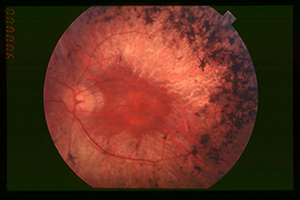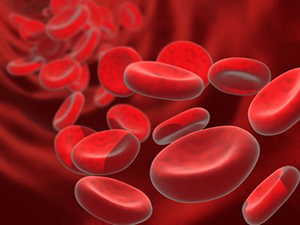 |
|
“Both the combined agents and the combined treatments work better than single agents or treatments in prevention of skin cancer,” Dr. Walaszek said. |
Scientists at The University of Texas Health Science Center San Antonio are on to something that should bring joy to sunbathers everywhere. Studies show that certain plant substances, administered in combinations, have the ability to suppress skin cancer development in susceptible mice.
“On the basis of our research, supplements and creams or sunscreens may be developed, tested in humans and then used to prevent skin cancer,” said Zbigniew Walaszek, Ph.D., research associate professor of pharmacology at the Health Science Center.
Natural agents, susceptible mice
The plant substances are being tested in SENCAR mice, which because of genetic manipulation are sensitive to skin cancer initiation and promotion/progression. The natural agents include resveratrol, found in the skin of red grapes, and grape seed extract. Others are calcium D-glucarate, a salt of D-glucaric acid, present in many fruits and vegetables and also the bloodstream, and ellagic acid, found in a host of berries and in walnuts.
Because each of these compounds has a unique mechanism of action, giving them in combinations has proven to be the most protective. The scientists also are combining treatments, administering the agents both topically and in the diet.
Study method
In one study, the team induced skin cancer by shaving the backs of rodents and applying a chemical that produces a genetic mutation. This was done twice a week for four weeks. At the same time, researchers applied topical resveratrol and fed the mice diets supplemented with various combinations of the plant substances.
The team evaluated several outcomes, including epidermal thickness. An increase in thickness is an indicator of pre-cancerous proliferation of cells in the epidermis, the outer layer of the skin. The researchers also monitored mutations in Ha-ras, an oncogene that is a biomarker of cancer initiation, and inflammation, which is important in tumor promotion.
Promising results
Even low doses of the plant agent combinations produced protective effects, while the plant substances given individually produced markedly less benefit.
“Both the combined agents and the combined treatments work better than single agents or treatments in prevention of skin cancer,” Dr. Walaszek said.
Preventing cell transformation
His colleague and wife, Margaret Hanausek, Ph.D., research associate professor of pharmacology, said the findings hold great potential for those most at risk for skin cancer and other cancers involving epithelial cells, including lung cancer.
“The combined inhibitory effects of different plant chemicals are expected to be particularly beneficial to, for example, smokers, former smokers or individuals whose skin is heavily tanned, who carry thousands of cells already initiated for malignant transformation,” Dr. Hanausek said.
“Described combinations may be very useful in the prevention of skin cancer and other epithelial cancers in humans, achieving a high efficacy and potency with reduced side effects,” agreed Magdalena Kowalczyk, Ph.D., research scientist.
Further directions
The team continues to look for the best combinations of the natural agents in suppressing different events during skin cancer development, she said.
The researchers acknowledge that not all information, including effects on organs such as the lungs, can be gleaned from a skin cancer model. But it is an exciting start.
“The team’s next step is to go to an ultraviolet B light model of skin cancer initiation and confirm the results,” Dr. Walaszek said.
Mouse model developer
The team leader, Thomas Slaga, Ph.D., professor of pharmacology at the Health Science Center, developed the SENCAR mouse model of skin cancer. It is used by scientists worldwide.
The ongoing work is supported by two grants from the National Institutes of Health.
 |











